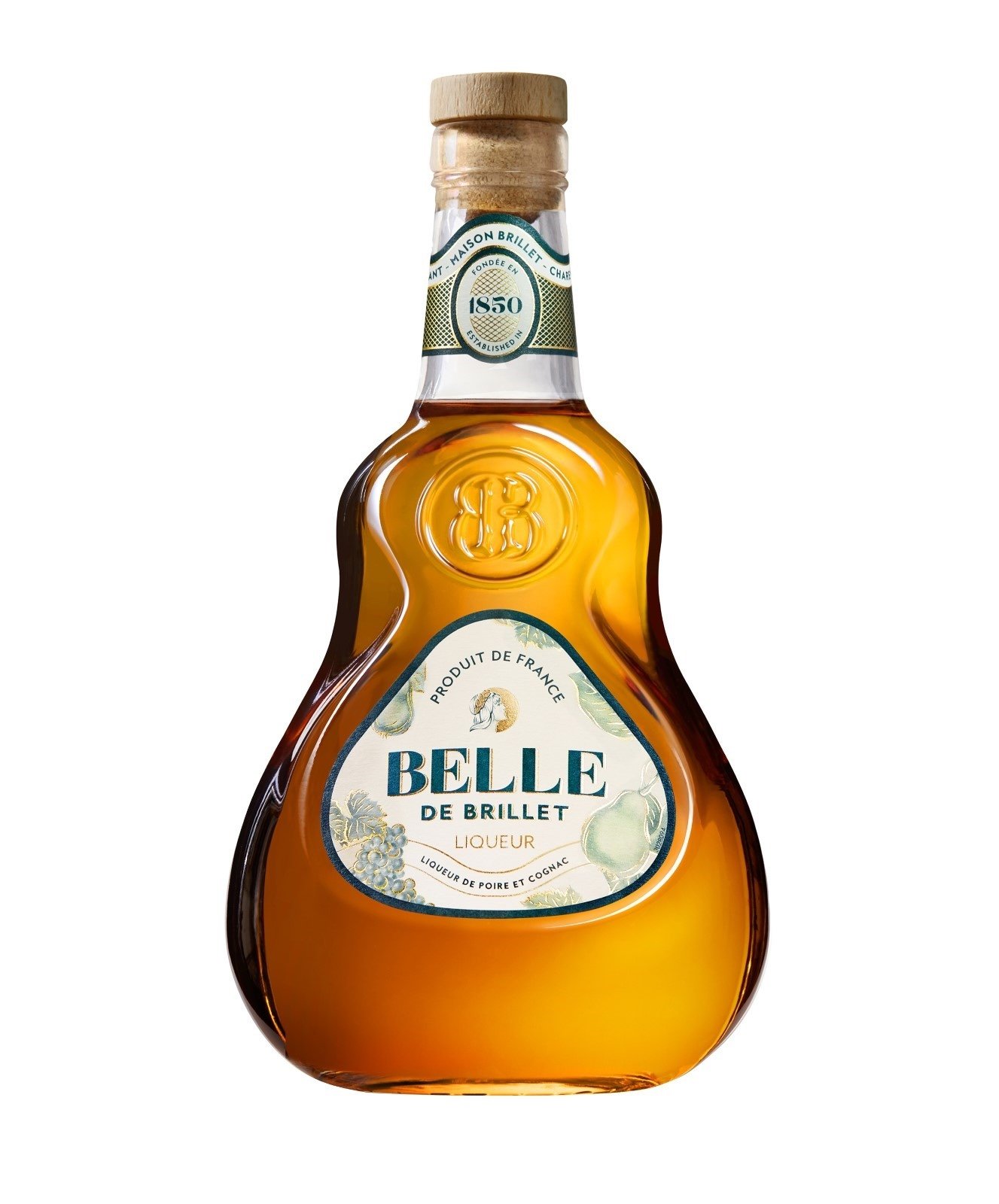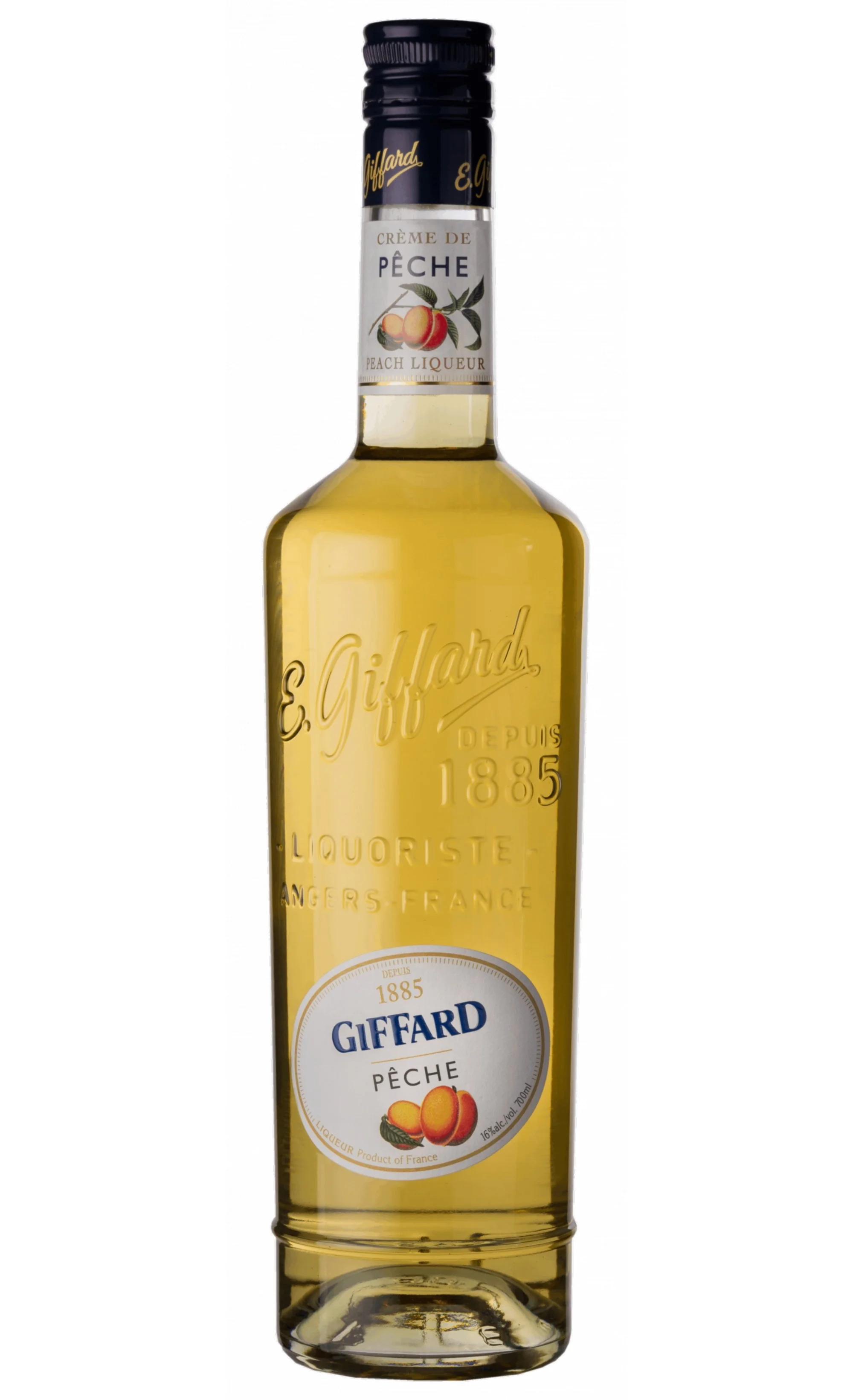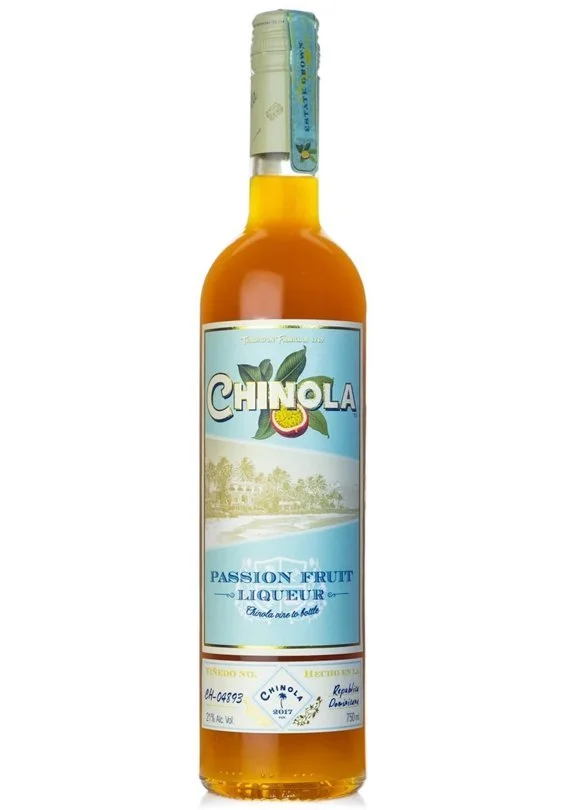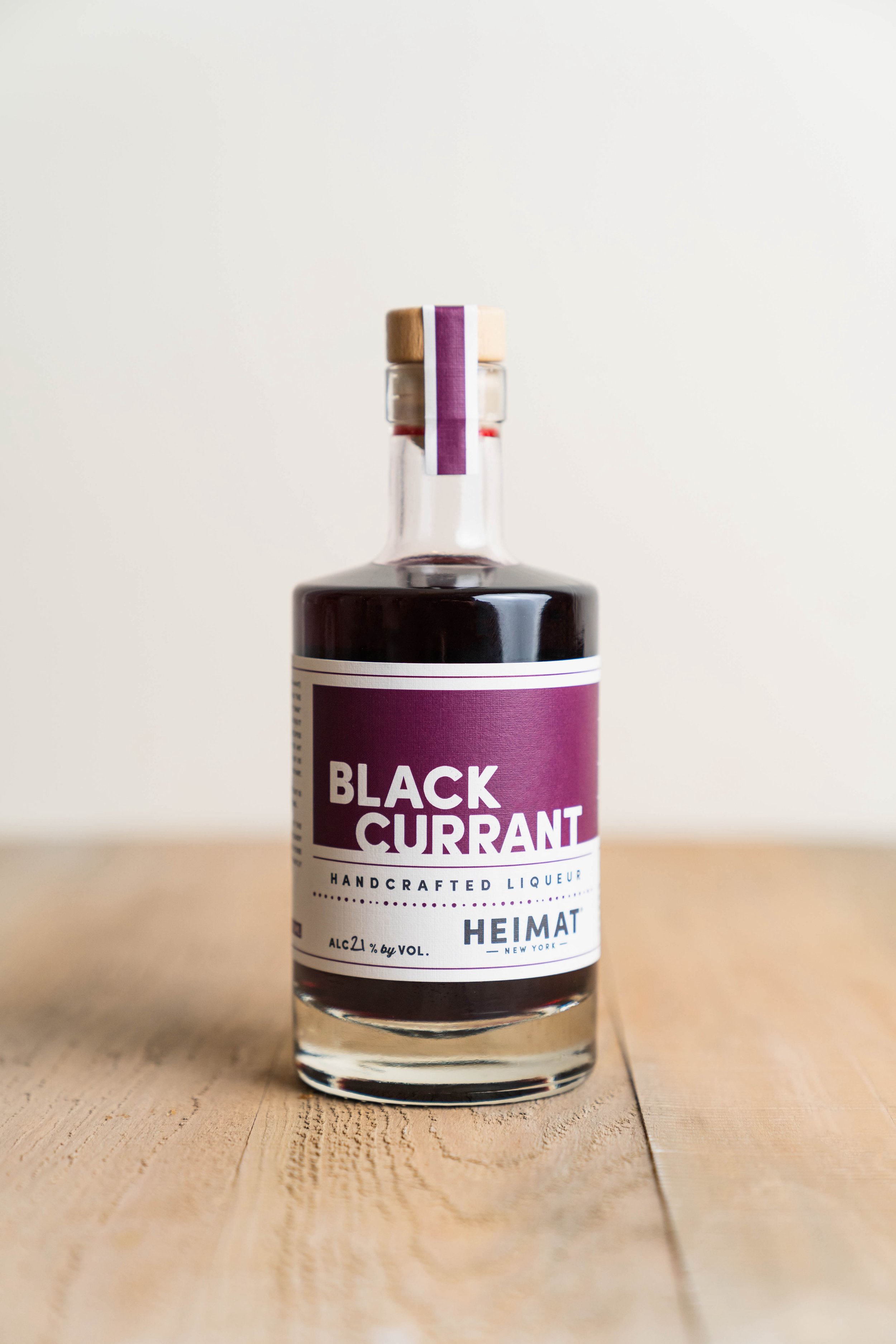7 Bartender Approved Fruit Liqueurs You Need
7 fruit liqueurs
Frighteningly neon bright and filled with questionable artificial ingredients, fruit liqueurs once had a deservedly poor reputation in America. But now there’s a fresher harvest of fruit liqueurs, some of them recent brands and others older that have only recently become more available outside of Europe.
“While traditional fruit liquors were often quite sweet, modern offerings strive for a better balance between sweetness and fruit flavors,” explains Marco Anaya, bar manager of Drink in Boston. “Distillers carefully adjust the sugar content to enhance the natural sweetness of the fruit without overpowering it. Overall, the combination of refined production techniques, careful ingredient selection, and the influence of mixology has elevated fruit liquors, making them more sophisticated and appealing to a wider audience of discerning drinkers.”
In other words, what’s new in fruit liqueurs is a return to time-honored practices and — who knew? — real fruit. “Using fresh ingredients rather than corn syrup and sugar and artificial flavors really makes a fruit liqueur stand out and taste much better in cocktails,” says Mari Howe, of Tikehau Lounge.
French Flair
Belle de Beillet ($39.99)
Belle de Brillet
Maison Brillet. has been crafting cordials brimming with fresh fruit since the 17th century. The house launched its newest offering, Belle de Brillet, pear-infused cognac, in 1985. There are no odd additives in this fragrant, blush-colored liqueur. It’s pear-intense, with 18 sustainably grown Williams pears from the Anjou region in each pear-shaped bottle. It’s smooth, pear-forward and honeyed in the mouth, but not cloying. Belle de Brillet is on the upper end of the alcohol spectrum for fruit liqueurs at 30% ABV.
Cartron Crème de Peche de Vigne
Cartron Crème de Peche de Vigne ($29.99)
Joseph Cartron (that’s pronounced CarTRON, darlings), another French producer, has been in the fruit cordial biz since 1882. Their peach-forward creme de peche de vigne isn’t creamy, but wow, is it peachy, with ripe Burgundian peaches on the nose, on the palate, and in the vat. Stainless steel vats are filled 2/3 full of ripe fruit then topped with clear alcohol and left to macerate for up to 12 weeks. A small dose of sugar lowers the ABV to 18%. The result is a golden liqueur so peachy, a sip practically makes the juice drip down your chin, says Ramsay Musk, bar director at Accomplice in Los Angeles. He adds, “Typically with a lot of fruit liqueurs they are a bit too saccharine, artificial and just a bit off. No line of liqueurs is perfect at replicating fresh produce. But a few stand out and Cartron is definitely at the top of that list. The peche is the closest I’ve found to replicating a fresh peach. This just boils down to their process, using fresh produce and not cutting corners.”
It’s so bright and fresh, “I’ll put a little bit in just about anything during the summer — in sparkling wine, or an aperol spritz,” says Musk. Making a margarita? Add half an ounce of Cartron creme de peche de vigne instead of triple sec or agave. “It just makes everything so tasty.”
Giffard Crème de Peche ($29.99)
Giffard Peach Liqueur Creme de Peche
Giffard is another esteemed French distiller of fruit liqueurs. Jorge Delgado, lead bartender at International Smoke created a serious level-up with Avoir la Peche for the summer season in 2023 using Giffard’s peach liqueur, which at 16% ABV is a little lower in alcohol than the Cartron, The cocktail’s name means Have a Peach, and it does ever. It’s a simple enough cognac-based cocktail, but it’s topped with a floater of peach foam finished with a quick brulée.
Delgado got the idea by watching baristas. “Coffee places use a cold foam on top of coffee which inspired me to create that same experience for guests to enjoy. Now we go the extra mile by torching the spiked peach foam tableside.”
Giffard Pamplemousse Liqueur
Giffard Pamplemousse Liqueur ($39.99)
Fruit liqueurs excite Mari Howe, too, especially the 15 flavors made by Giffard yeah, France again). A favorite for summer is Giffard creme de pamplemousse, a blush-colored grapefruit liqueur Howe uses to give a citrus lift to drinks like the Pua Loma she created at a bar she worked at previously. “It’s a twist on a Paloma cocktail, using tequila, orgeat, fresh grapefruit and lime, agave and soda,” she says. “The pamplemousse really adds that nice touch of flavor.” With a 16% ABV, it has a truer, brighter grapefruit note that grapefruit soda just doesn’t deliver. Mixed with smoky tequila and nutty orgeat, the pamplemousse adds just enough sparkle and results in a remarkably balanced cocktail. “This is like a new Paloma with fresh juices.”
Tropical Tastes from Latin America
Chinola ($32.99)
Chinola
Lest you think France has a lock on fruit liqueurs, another citrus liqueur, Chinola, a majorly zingy, passion fruit liqueur, comes from the Dominican Republic. Makes sense — passion fruit grows abundantly there. It’s called chinola in the DR, where it’s considered their sacred fruit. One thing’s for sure — Miami mixologist Christine Wiseman has a passion for it. Read more about Christine Wiseman.
With Chinola delivering such big citrusy, puckery flavor with pure fruit, no additives, and a 21% ABV, Wiseman believes less is more. She shares that Chinola instead of aperol turns a sour into a tropical treat. It makes a spritzer sing. In fact, Wiseman likes it in everything but her morning coffee. A versatile liqueur, other suggestions include using Chiitnola in a margarita spiced up with chili, lime and cumin on the rim or simply mixing it with sparkling wine, something that works with pretty much any fruit liqueur. Floral, tart, sweet and sun-kissed, it’s a mimosa on HD.
Alma Tepec chili liqueur
Alma Tepec ($37.99)
Women are the force behind Oaxacan brand Alma Tepec. Known as Las Maestras Licoreras or the master liqueur makers, they do it all — harvest the fruit, blend the liqueur and bottle and label the product. The result is a smoky but smooth pasilla liqueur. Pasilla as in chili, because — surprise — chili is, botanically speaking, a fruit.
Chili liqueur? “Lemme tell you — it’s my favorite thing I’ve discovered in recent months,” says the Bamboo Club ’s bar manager Dustin Rodriguez. Read more about Dustin Rodriguez. “It’s peppers macerated in Mexican rum. I haven’t been able to figure out which rum — it’s not standard.” While the rum is a mystery, the chilis are not. They are sourced from the cloud forests of the Sierra Mixe, then smoke- dried by hand in earth ovens. Smoking adds a peaty note to the liqueur without mezcal’s bite. “It’s sweet enough that you can kinda drink it on the rocks by itself, but mixing with it is incredible,” says Rodriguez, who loves to craft with it at The Bamboo Club.
Alma Tepec’s fragrance is smoky but remarkably fruity, At 40% ABV, it’s the booziest of the bunch, with a dark amber color, and a haunting but never harsh chili warmth.
American Home Grown with European Roots
Heimat Black Currant ($29.00)
Heimat New York Black Currant liqueur 375ml bottle
You may know black currant liqueur as cassis, but you’ve never known it like Black Currant, the newest offering from Heimat New York, a small distiller with roots in Germany. “Rich, velvety texture and bold fruit flavor all supported by just the right amount of acidity, giving it great structure. This profile is a bartender’s dream,” says New York-based Jason Hedges founding partner at Bar IQ and beverage manager at The Vine.
There’s no faux-berry cough syrup notes, just ripe fruit harvested in season from the Hudson Valley with just enough sugar for balance and an ABV of 21%.
Black Currant is hand-crafted, additive-free and intense on the palate, floral on the nose, and inky in the bottle.
The Vine features Heimat Black Currant in its blackcurrant spritz and its blackcurrant frozen margarita, with blackcurrant bumping out the traditional lime juice. “It provides depth and complexity without throwing off the drinks balance,” says Hedges. Read more about Heimat.
Choosing & Using Fruit Liqueurs
Belle de Brillet in an IPA
Whether your choose classic orchard fruit from French brands or newer hand-crafted offerings from elsewhere, “Fruit liqueurs align with current mixology trends, where bartenders experiment with unique flavor combinations and innovative cocktail recipes,” says Anaya.
Fruit liqueurs can be almost shockingly versatile. For example, a splash of Belle de Brillet in a hoppy IPA mellows out bitterness and makes for a perfect summer refresher.
Howe says fruit liqueurs can bring an added layer of freshness. She explains her approach, “Sometimes I’ll do a basic spirit, a citrus and sugar or simple syrup, take a sip, and it’s a little flat or has something missing, that mouthfeel,” she says, “Adding a little liqueur gets rid of that flatness, adds more complexity and mouthfeel.”
To start integrating fruit liqueurs ever further, Howe uses what she calls her “Mr. Potatohead” method of mixology, trading one ingredient out for another: Take a favorite classic cocktail recipe, and switch out the base spirit for a fruit liqueur. “It takes it to another level altogether. Or use a fruit liqueur instead of simple syrup.”









